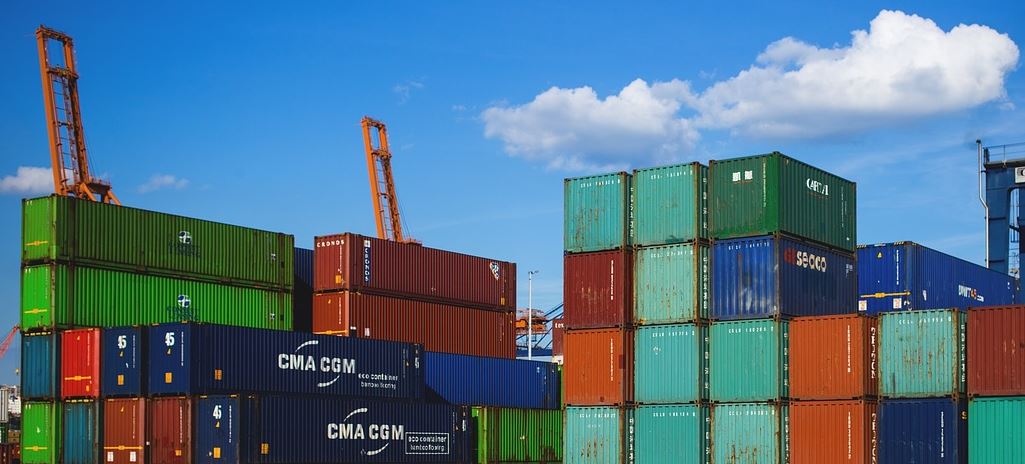Solar import tariffs aim to level the playing field by addressing the market price disparities of solar power hardware originating from China, while supporting domestic manufacturers. This strategy is part of the United States government’s broader efforts to protect national security and combat climate change.
Recently, these tariffs have ranged from symbolic warning shots to upward price adjustments that might increase the cost of solar modules and energy storage. Additional looming tariffs on solar panels, aluminum, steel, and other materials could further escalate industry costs.
Canadian Solar is a global company whose products bear multiple import tariffs. As well, in response to the Inflation Reduction Act (IRA), Canadian Solar plans to begin manufacturing solar cells in Indiana and assembling modules in Texas.
During a case initiated by the global Hanwha Q Cell at the U.S. International Trade Commission, Jonathan Stoel, a partner at Hogan Lovells LLP and counsel for Canadian Solar’s U.S. Module Manufacturing Corporation, made a statement they also provided to pv magazine USA. He argued that the case was “brought entirely on false pretenses and based on fundamentally erroneous predicates.”
Stoel outlined the perceived inaccuracies:
- The assertion by other petitioners that 36 GW of solar panels are at stake in this ruling is a significant overestimation, likely intentional.
- The claim that the majority of the solar manufacturing industry supports the tariffs is misleading. In reality, only three companies – major one though – have advocated for the tariffs. It was noted that most companies planning to assemble solar panels in the U.S., due to the IRA incentives, oppose the import tariffs on solar cells because they rely on importing these components.
- Solar cells and solar modules are distinct technologies. Stoel cited evidence that Hanwha’s Q Cell operates two separate facilities for manufacturing solar cells, while also importing solar modules. It is important to note, as pv magazine USA adds, that the nation’s largest solar manufacturer, First Solar, integrates the production of solar cells and modules in a single process. However, this case specifically addresses crystalline solar cells, which First Solar does not produce.
- Stoel emphasized that Hanwha’s expansion in Georgia was primarily motivated by government incentives, which is the very thing that this case seems to push back against.
In response to the points raised, Stoel urged the court to recognize several key aspects of the case: (1) it was filed on dubious grounds; (2) major manufacturers, not a majority, are opposed to imports; (3) modules and cells are distinct products; (4) the import volumes are far less significant than suggested and have not caused material harm; (5) adverse price effects have not been observed; (6) the court should consider the financial health and growth of the industry, spurred by incentives introduced by the IRA; (7) many US companies involved, including Hanwha’s Q Cell which initiated the case, have substantial international connections.
Despite the claims regarding the absence of adverse price effects, the cost of solar cells and modules in the United States has dramatically decreased. This reduction is due to a collapse in Chinese polysilicon pricing and a rapid increase in manufacturing capacity. Since even Chinese manufacturers, such as Longi, have acknowledged that this surge in capacity is negatively affecting their business, it can be fairly inferred that competing companies might perceive these developments as disadvantageous.

Ultimately, while the tariffs are presented as protective measures for domestic industries, their effectiveness is debatable. The global dynamics of the solar market and strategic responses by manufacturers suggest that these measures might serve more as diplomatic signaling than impactful economic barriers. Historically speaking, as noted in the above chart, tariffs alone haven’t shown to grow the U.S. solar manufacturing base – however – the IRA did.
The views and opinions expressed in this article are the author’s own, and do not necessarily reflect those held by pv magazine.
This content is protected by copyright and may not be reused. If you want to cooperate with us and would like to reuse some of our content, please contact: editors@pv-magazine.com.








By submitting this form you agree to pv magazine using your data for the purposes of publishing your comment.
Your personal data will only be disclosed or otherwise transmitted to third parties for the purposes of spam filtering or if this is necessary for technical maintenance of the website. Any other transfer to third parties will not take place unless this is justified on the basis of applicable data protection regulations or if pv magazine is legally obliged to do so.
You may revoke this consent at any time with effect for the future, in which case your personal data will be deleted immediately. Otherwise, your data will be deleted if pv magazine has processed your request or the purpose of data storage is fulfilled.
Further information on data privacy can be found in our Data Protection Policy.